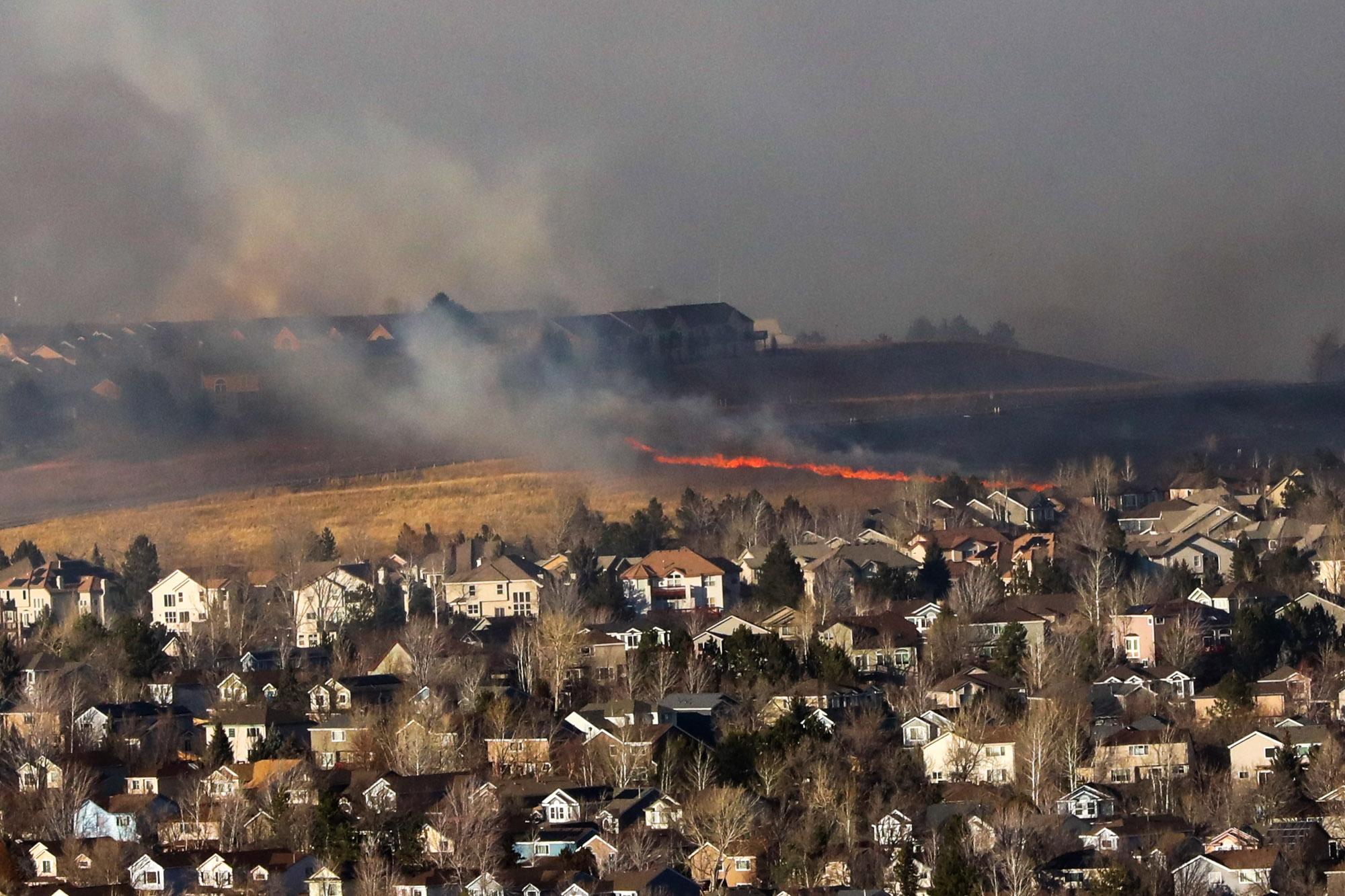
A new state law voids homeowners’ association rules that prevent residents from using building materials that are more resistant to wildfires.
Gov. Jared Polis signed the legislation this week. In a statement, he said the new law should help homeowners safeguard their homes and save money on insurance.
The new law voids any language in homeowners’ and neighborhood association bylaws, deed restrictions, or property contracts that prevent residents from installing, using, or maintaining building materials that are less flammable or designed to better withstand fire spread.
The new law does allow more leeway for rules about fencing around homes. HOAs and neighborhood associations can enforce “reasonable” restrictions on what fences are made of, provided the cost of those materials isn't more than 10 percent higher than comparable fire-hardened fencing materials.
Fences were a major focus during the debate on the legislation. Lawmakers, firefighters, and fire-safety experts referenced an analysis that found a single wood fence helped flames spread to more than a hundred homes during the 2021 Marshall fire, Colorado’s most destructive wildfire.
In hearings, firefighters testified that homeowners’ associations in many wildfire-prone areas had rules requiring dangerously flammable materials, including cedar shingles.
The language in the new law specifically references a few different building codes and design standards for determining what kinds of fire-hardened building materials are now legally protected, including guidelines from the National Fire Protection Association, International Wildland-Urban Interface Code, and the Institute for Business and Home Safety. Those materials typically include steel, concrete, masonry, glass, and other composite materials.








